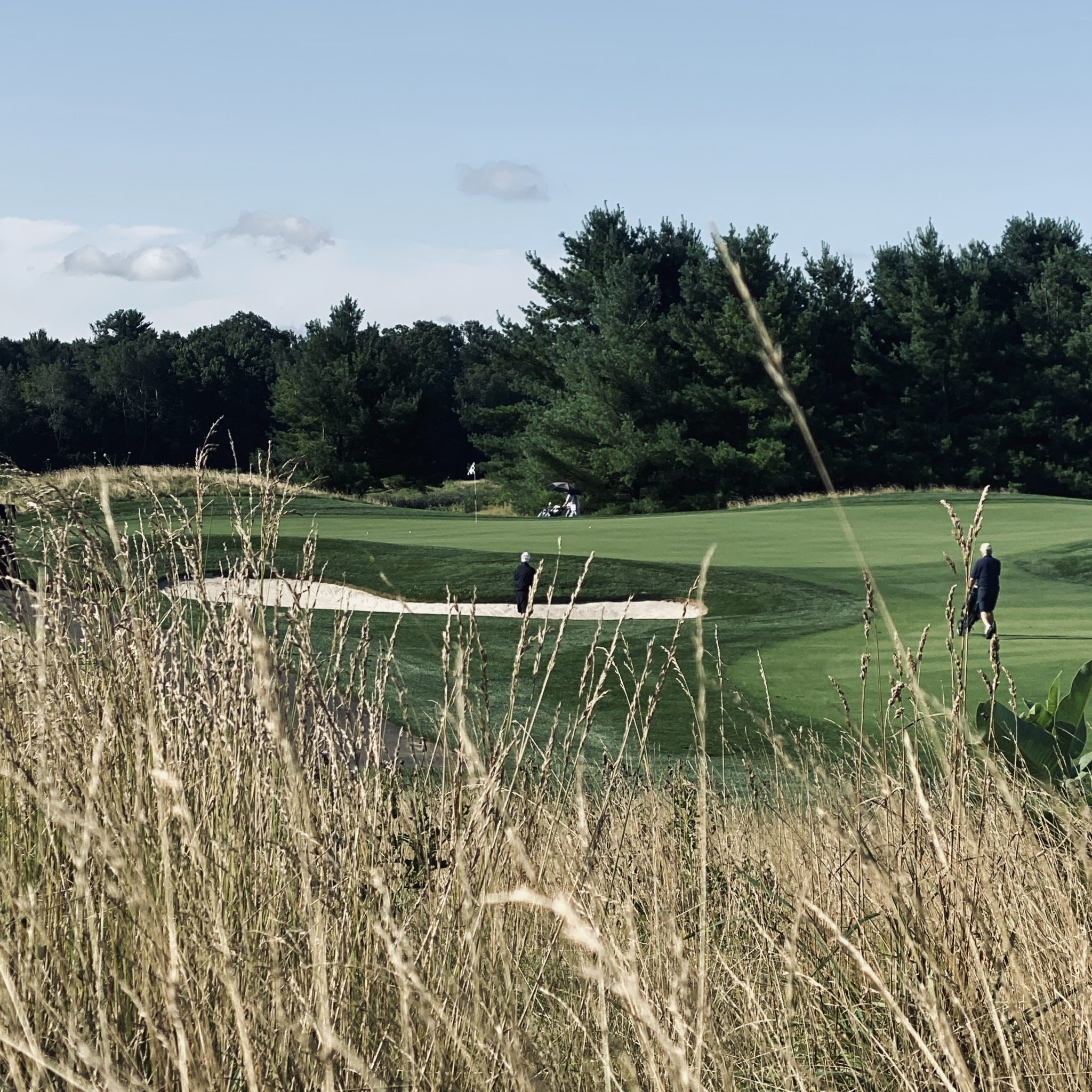Environment
Environmental Stewardship
the demand of today met with sustainability for tomorrow.
Copetown Woods carries the belief that exceptional course conditions and environmental stewardship go hand in hand. Our course is committed to preserving the surrounding ecosystems while providing an unforgettable golfing experience. Through sustainable practices, habitat restoration, and water conservation, we strive to minimize our environmental footprint and safeguard the natural beauty that makes our course unique. Whether it’s through our carefully managed greens or mitigating the impacts of waste production, Copetown Woods is dedicated to protecting the environment for future generations to enjoy.

our sustainability standards

green practice
- Seaweed Kelp Extract + Molasses + Liquid Fish
We use a diverse mix of Micronutrients, and Organic Fertilizers to reduce pesticide use.
- 105 Pounds of Green Waste Produced Every Day
Comprised of everything from food scraps in our kitchen, to grass clippings collected by our mowers. This is equivalent to 14 Tonnes of material diverted from landfill and instead re-used as on-course fertilizer.
- 576 Bags of Recycling Produced Each Season
By thoughtfully and thoroughly sorting our waste and properly reusing materials when possible, we are able to divert 143 Cubic Yards from going to landfill sites each season.
it starts with staff
Fostering an environment of sustainability begins with educating staff on how to properly dispose of their waste. Whether its in the Bistro after clearing plates from a table or in the staff room, our staff always have resources available to them for properly disposing material.


farm to fairway
In 2002 Copetown Woods began the process of converting nearly 200 acres of Broccoli farm into a sprawling 18-hole Golf Course by utilizing the natural undulation and material that was no longer conducive to farming.
- Less Maintenance = More Meadow
Only a portion of the property as a whole is maintained in comparison to its use as farmland meaning naturalized areas are untouched as habitats and ecosystems that were not previously viable on the property.
- Carbon Sequestering
Through the common farming practice of land tilling, Carbon Dioxide is released into the atmosphere. Turf cover year round acts as a capture of Carbon Dioxide known as Carbon Sequestering.
Our commitment to tomorrow

We are One of 44 Canadian Golf Courses committing to making golf sustainable for future generations through the GEO Foundation for Sustainable Golf’s Certification Program. Certification program.
